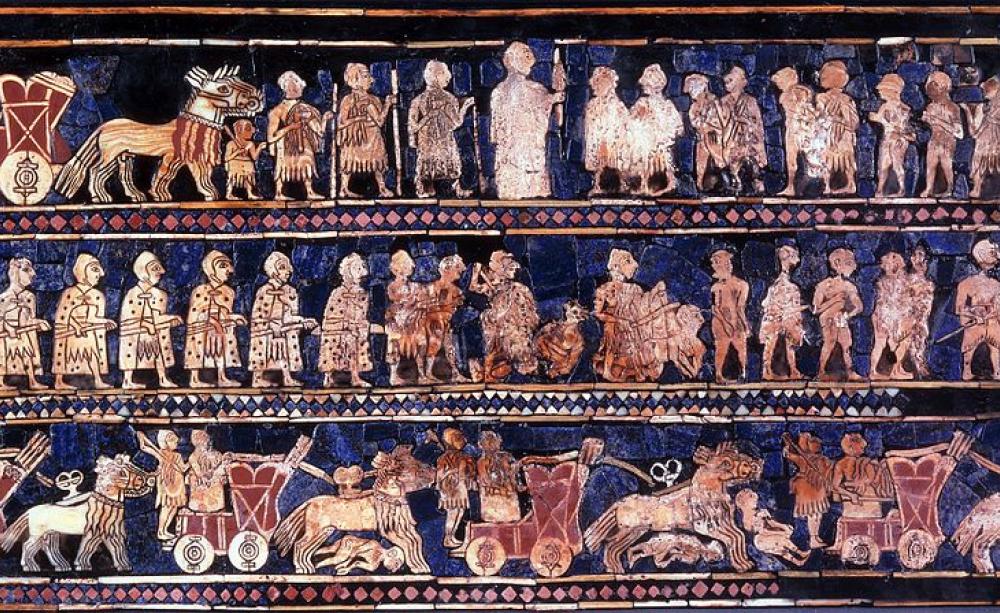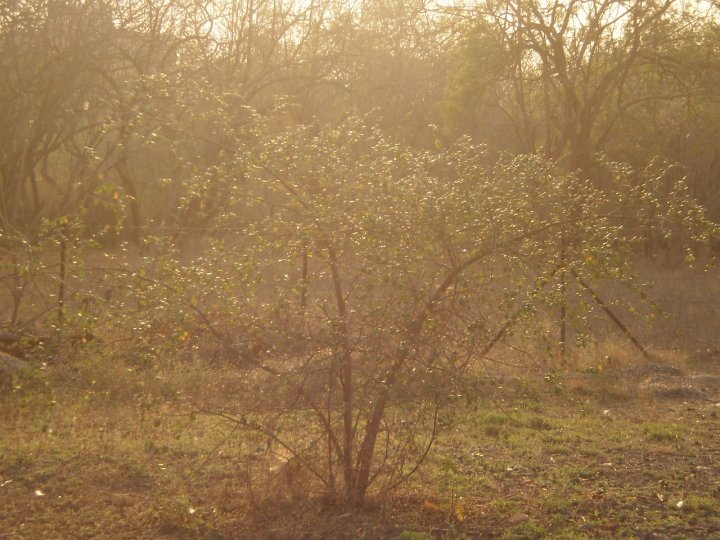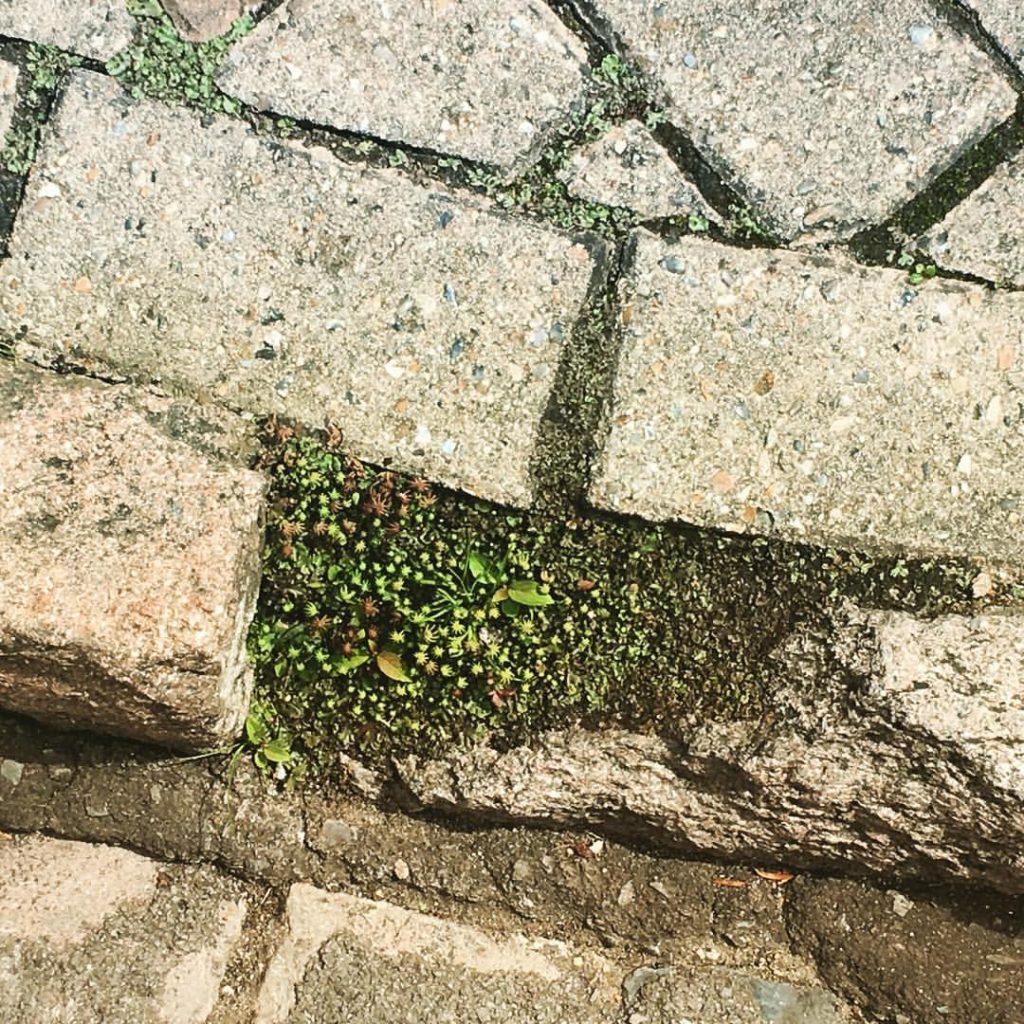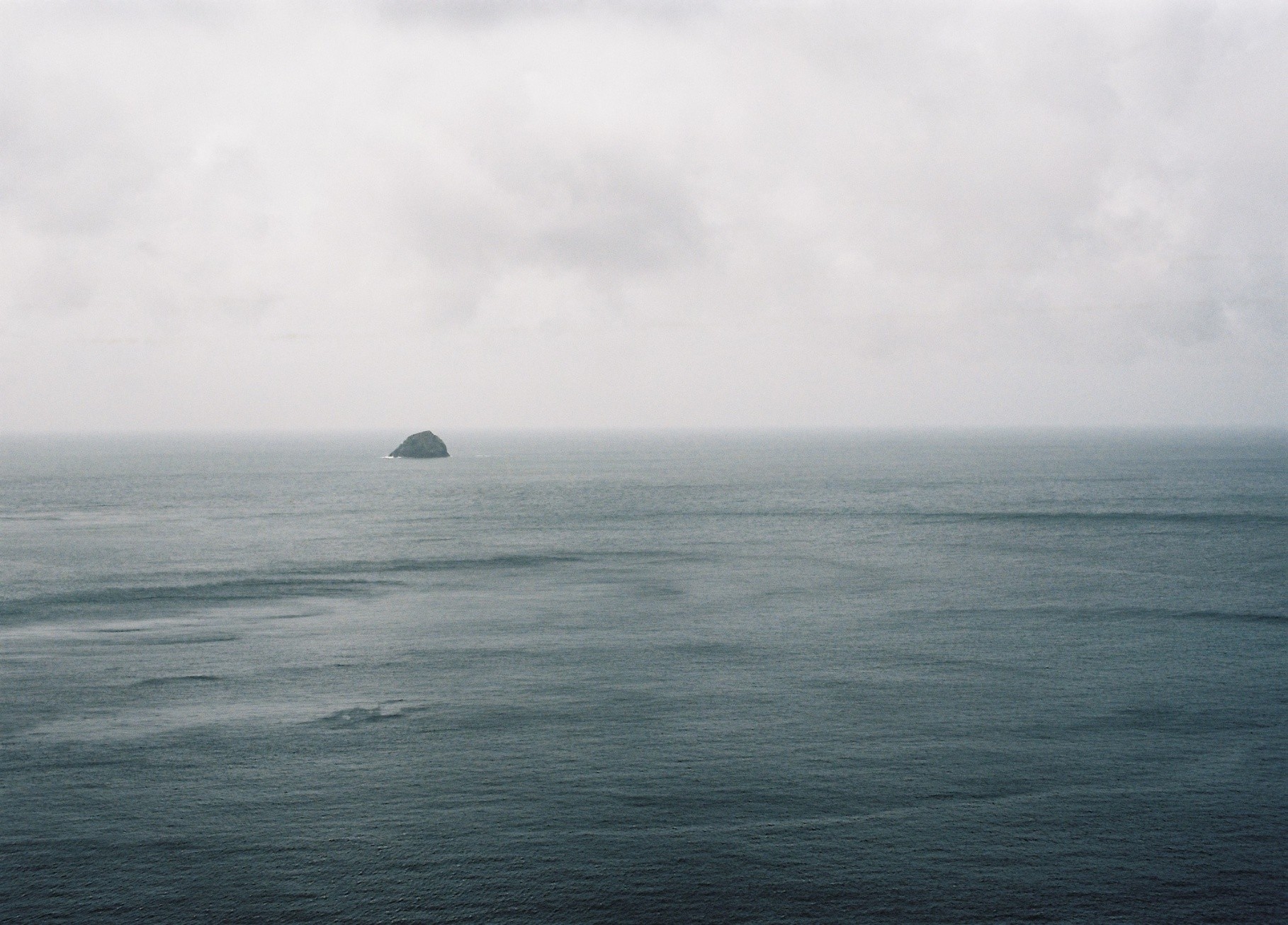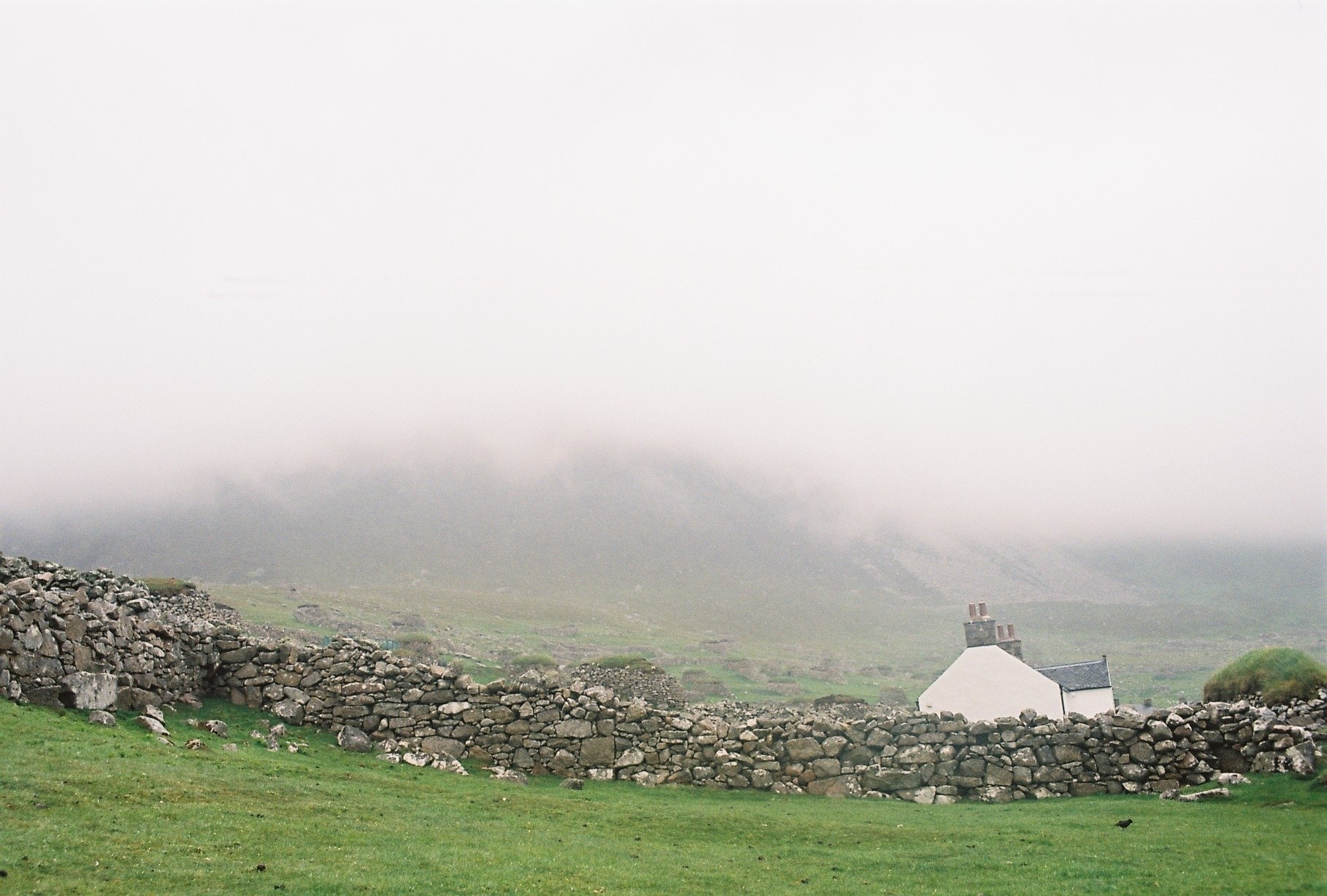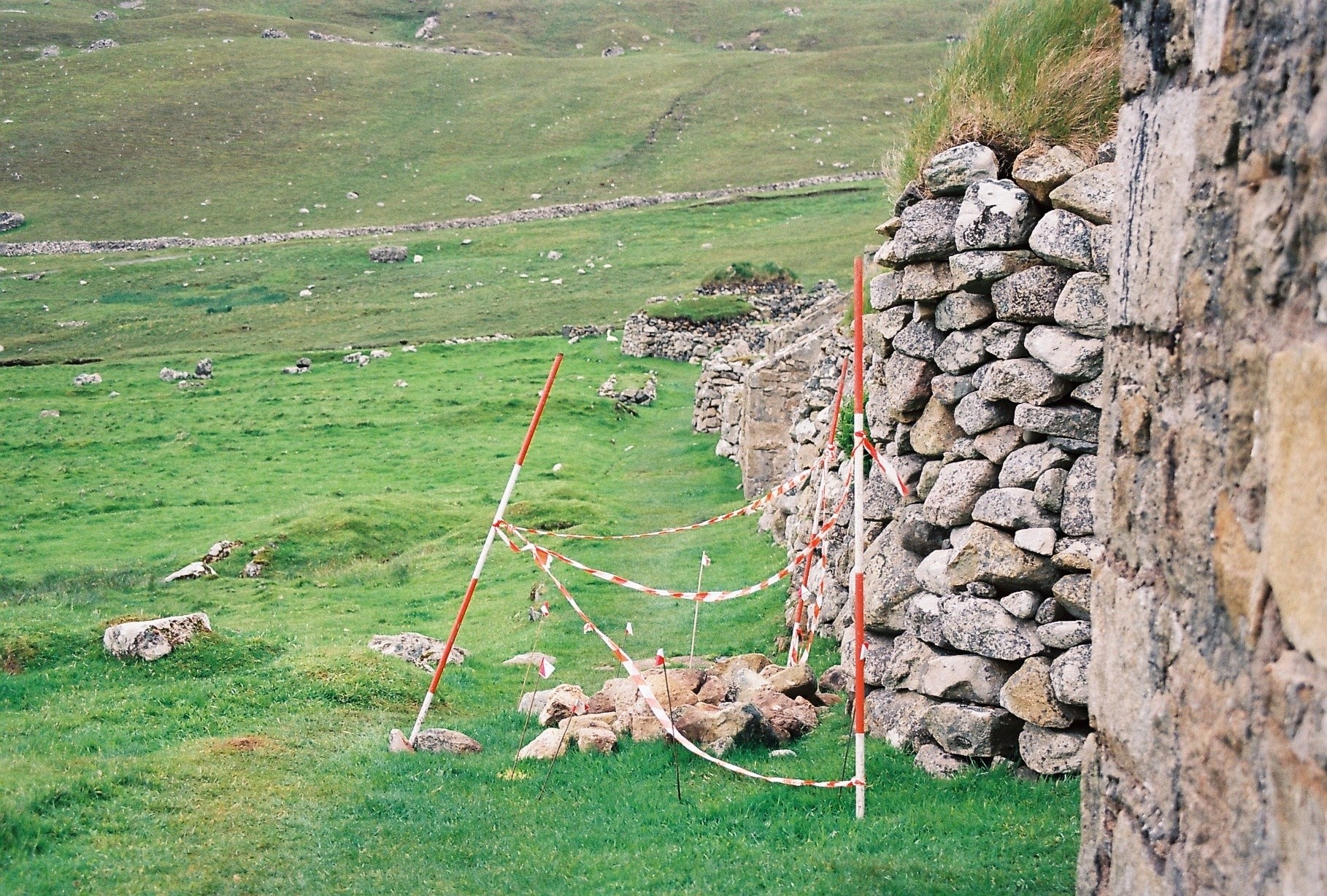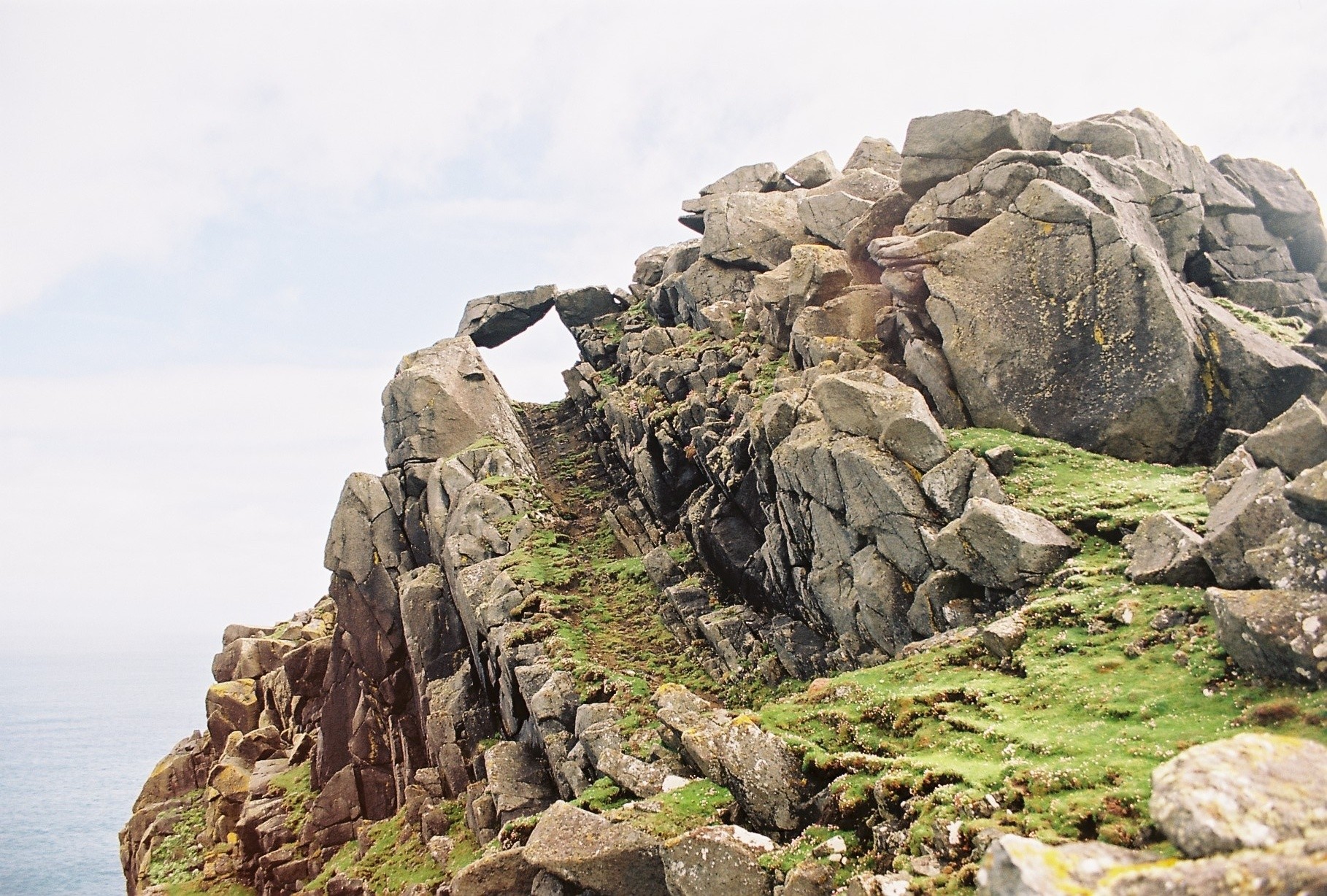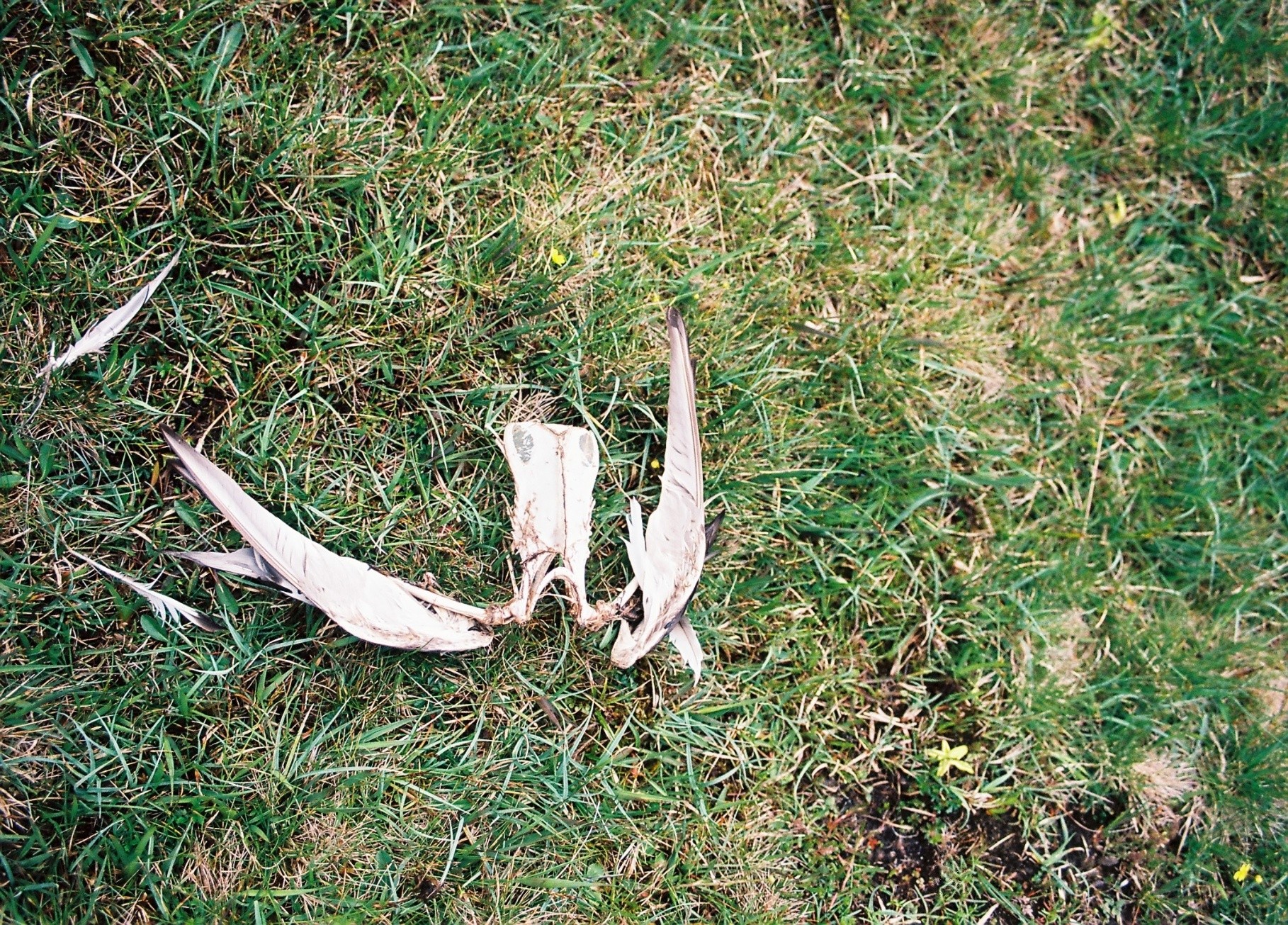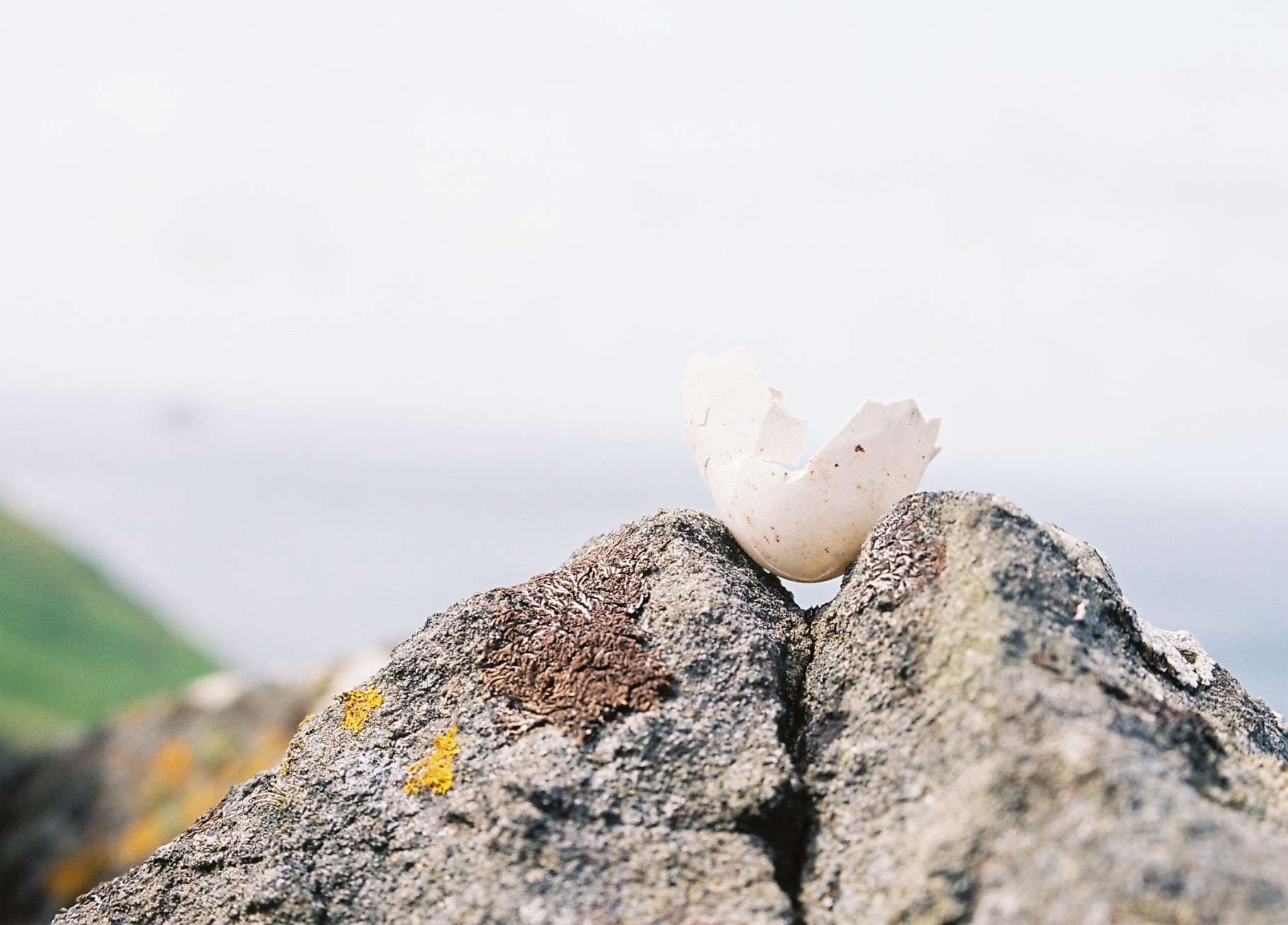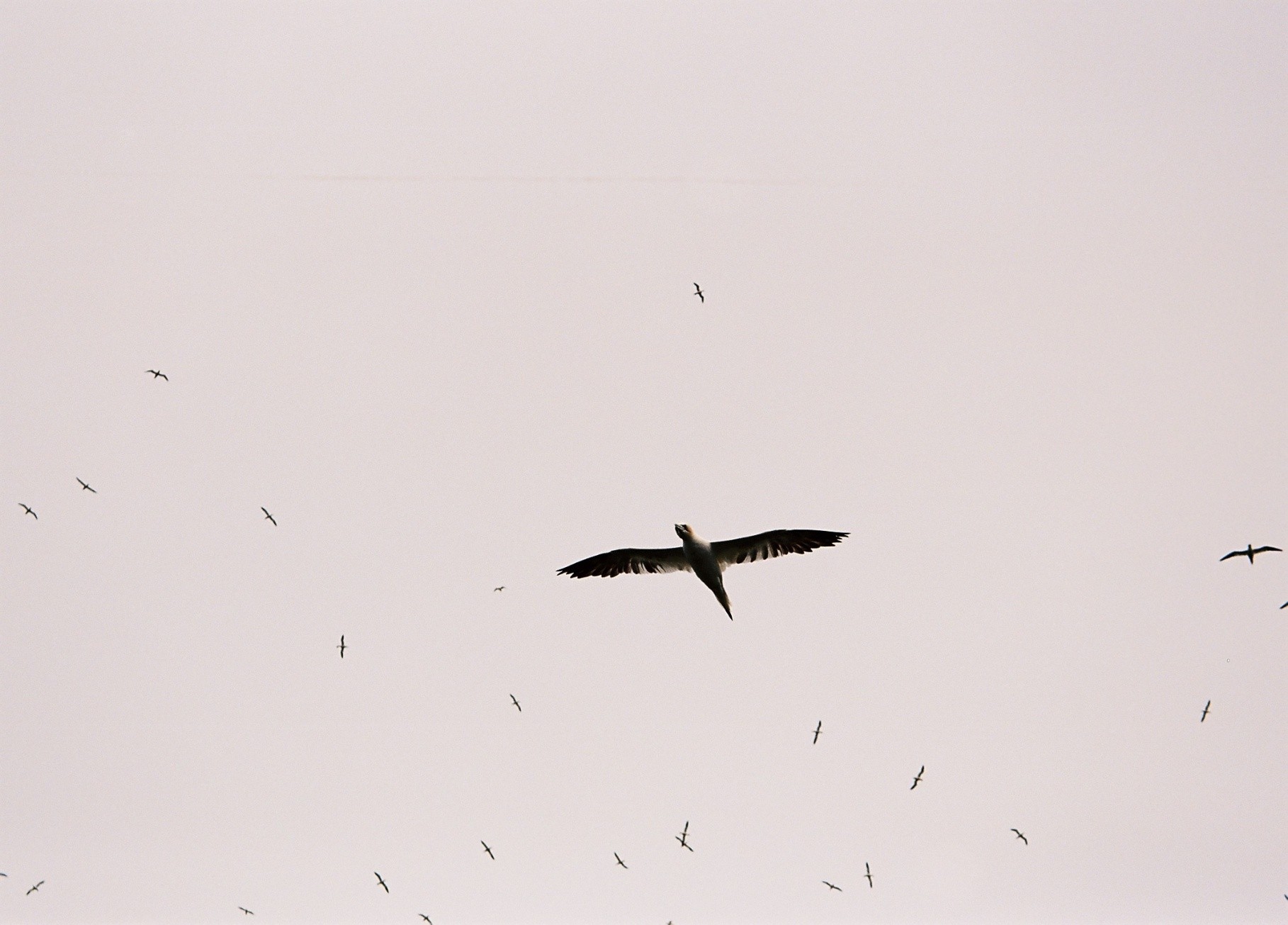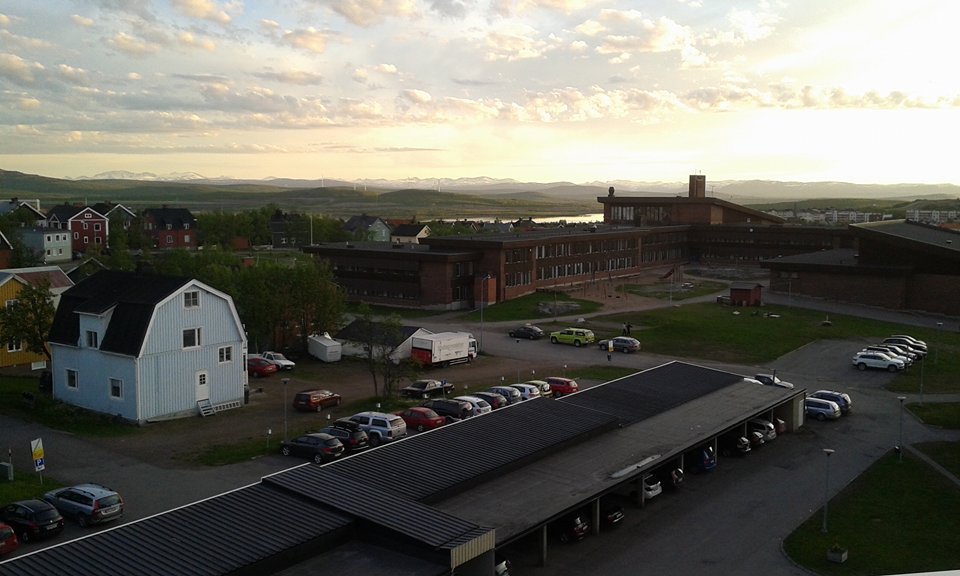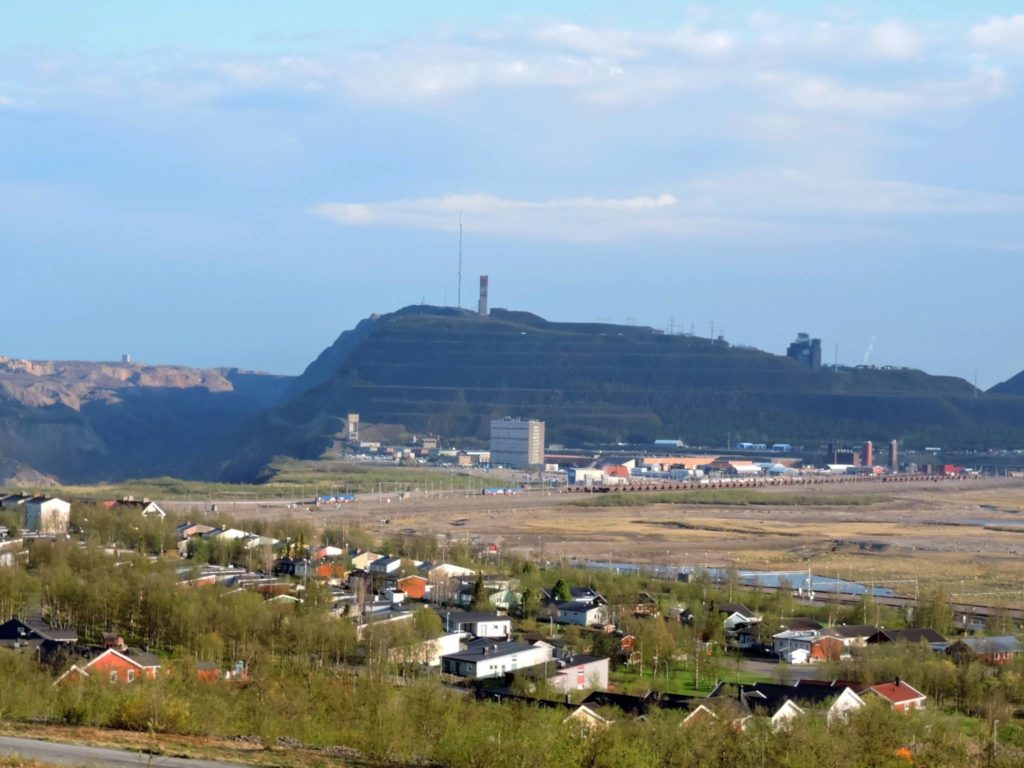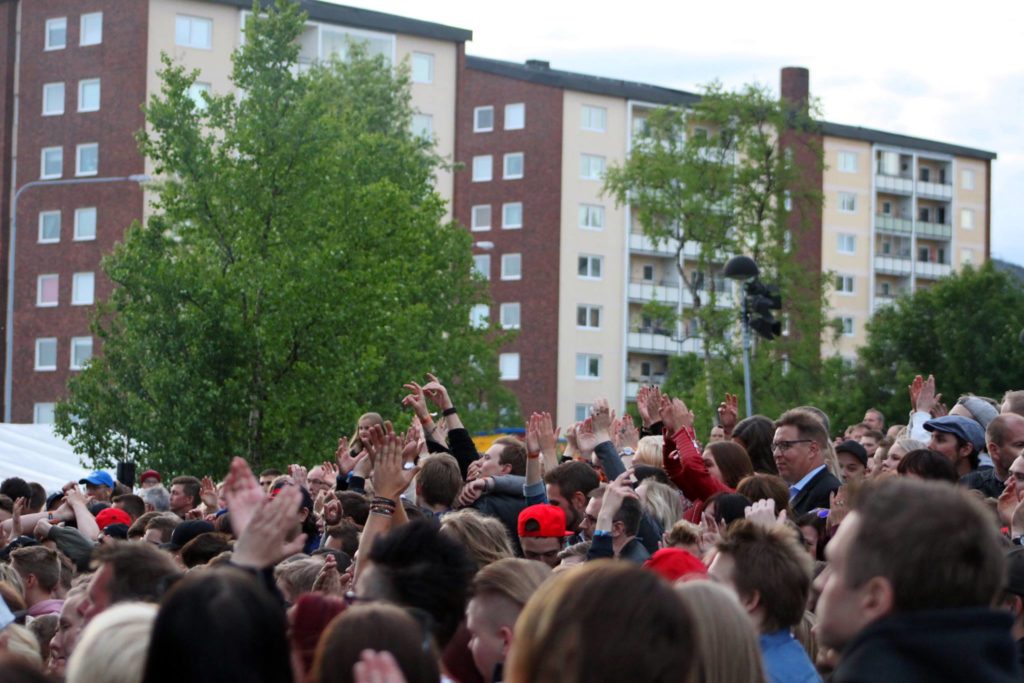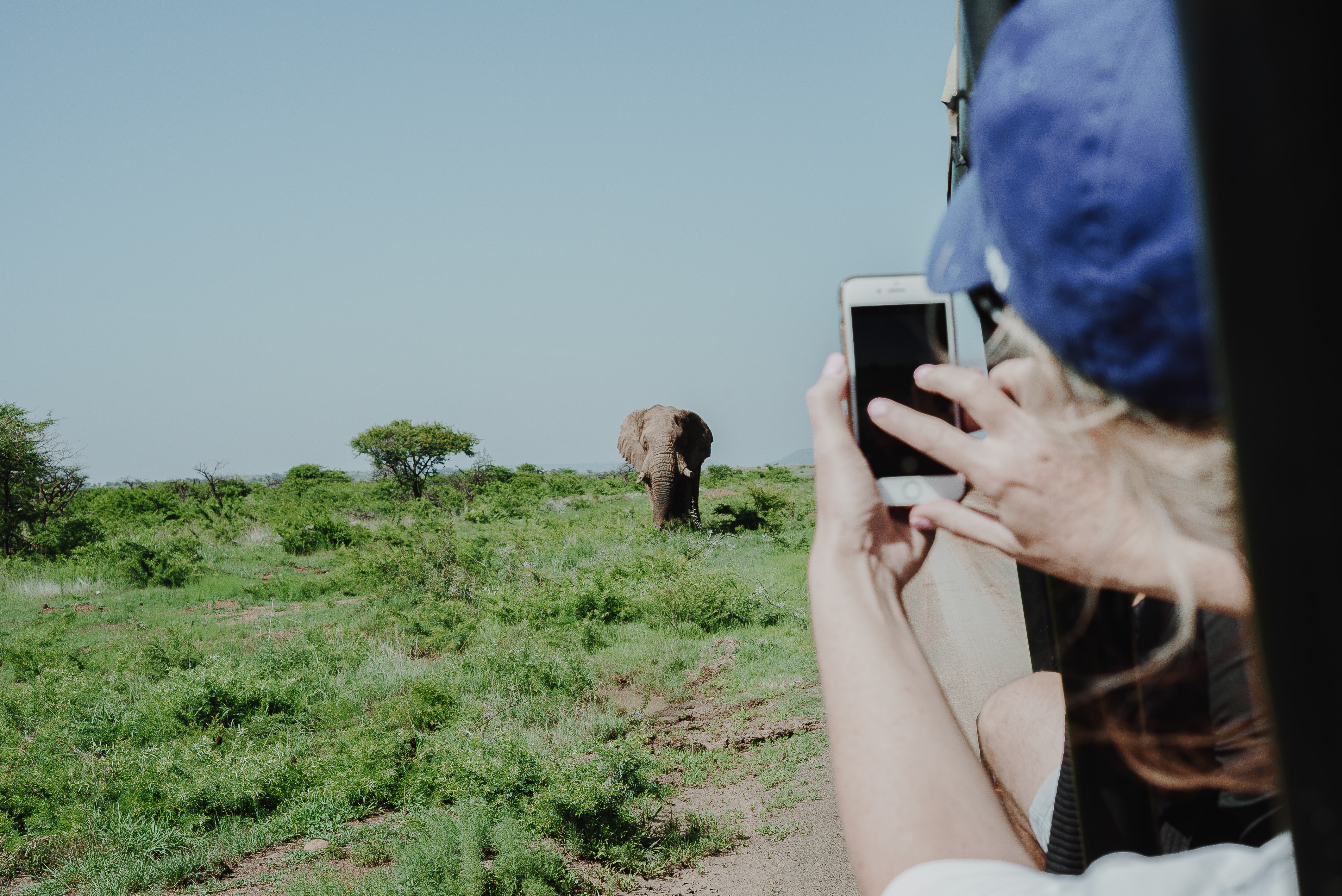
by Jordan G. Teicher
Our planet is dying, and conservation as we know it isn’t helping. In fact, it’s making things worse. Long imagined as a bulwark against ecological destruction, players in the mainstream conservation movement—think big NGOs like The Nature Conservancy and their corporate partners—have actually been complicit in that destruction by propping up a fundamentally unsustainable capitalist system and the nature-culture dichotomy it’s built upon.
According to Bram Büscher and Robert Fletcher, sociology professors at Wageningen University in the Netherlands, conservation has long been due for a wholesale update—and today, it’s getting not just one but two: “new conservation” and “neoprotectionism.” But in their tightly-argued book, The Conservation Revolution (Verso, February 2020) Büscher and Fletcher make the case that both of these emerging, radical movements contain “untenable contradictions” and that neither can save the planet or humanity from catastrophe. In their place, they propose a new conservation framework of their own, one that complements the variety of ongoing “hope movements” imagining ecologically-sound and democratic alternatives to capitalism.
In the course of just over 200 pages, Büscher and Fletcher build up to this modest proposal swiftly yet methodically, combining history and theory to contextualize and, ultimately, critique their colleagues in the so-called “Anthropocene conservation debate” in a way that is both rigorous and accessible. While their own “convivial conservation” framework, by their own admission, needs further development, it is nonetheless an important addition to revolutionary thought in political ecology.
Their analysis begins with a critical but frequently overlooked fact: Conservation has been linked to capitalism from the very beginning. In 17th and 18th century Britain, they explain, elites “conserved” collectively-used lands by forcing rural people off them. That expulsion conveniently created a labor force for the rapidly industrializing economy. Ever since, capitalism and conservation have shared much of the same ideological DNA. Take the nature-culture dichotomy—the idea that nature is somehow external to humans. Capitalists have long used that idea to justify treating nature as an object to be manipulated in the pursuit of endless economic growth. Conservation organizations, meanwhile, have spread the same notion as they wall off humans from areas artificially transformed into “untouched” wilderness.
And while conservation has long aided and abetted capitalism—through ecotourism, for example—conservation can now be said to have fully integrated into the machine. By putting a price on nature through market-based instruments such as payments for environmental services, organizations like the Natural Capital Coalition see conservation itself as a force for growing the economy.
Like those mainstream conservationists, many of the contemporary thinkers Büscher and Fletcher deem “new conservationists” have no trouble with capitalism. But they depart with their mainstream counterparts in one significant way: They don’t aim to separate nature from humans. Instead, thinkers like science journalist Emma Marris see the planet as a “rambunctious garden,” one that humans must fully inhabit with the rest of nature and manage through sustainable economic activity. As environmental scientist Peter Kareiva puts it: “Instead of scolding capitalism, conservationists should partner with corporations in a science-based effort to integrate the value of nature’s benefits into their operations and cultures.” While Büscher and Fletcher see the movement’s rejection of the nature-culture dichotomy and focus on poverty alleviation as positive steps, they argue convincingly that the new conservationist alignment with—or, in some cases, ambivalence toward—capitalism undermines its goal of ecological and social harmony. Capitalism, they say, creates poverty, and its rapacious appetite for growth simply cannot last on a finite planet.
Many neoprotectionists, Büscher and Fletcher argue, understand that essential fact, which is why their brand of conservation is at least nominally anti-capitalist. But unlike new conservationists, who reject the nature-culture dichotomy, neoprotectionists double down on it, campaigning for huge swaths of the globe to be made off limits to human beings. Perhaps the most well-known neoprotectionist—and a notable exception to the movement’s generally anti-capitalist stance— is the biologist E.O. Wilson, who calls for fencing off half the planet to “safeguard the bulk of biodiversity, including ourselves.” Putting hard boundaries between humans and nature, Büscher and Fletcher note, has, in fact, “saved important tracts of nature from previous waves of capitalist development,” but it has also routinely failed in the past due to corruption and weak enforcement. Enacting a similar scheme on an even grander scale, they argue, would not just require unprecedented militarization, but also likely plunge billions into poverty—making it immediately “socially, politically and culturally” illegitimate.
So what does a feasible, equitable, and sustainable conservation look like? According to Büscher and Fletcher, it should combine the best elements of the two radical conservation movements by rejecting both capitalism and the nature-culture dichotomy. Their proposed “convivial conservation” promotes a dialectical relationship between humans and non-humans while working in “conjunction, connection, and spirit with the many proposed alternatives” to capitalism, including ecosocialism and doughnut economics. Under such a system,for instance, natural areas would be “promoted” for “long-lasting, engaging and open-ended” human use rather than protected from humans altogether. It would also feature a new form of community-based conservation, which would repudiate neoliberal market mechanisms and instead prioritize democratic decision-making, social justice, and the needs of non-human nature. Büscher and Fletcher float a host of other ideas, including a “conservation basic income” and reparations, as potential components of convivial conservation.
What Büscher and Fletcher are proposing is a revolutionary upheaval of the status quo, but they are by no means polemicists. At times, “The Conservation Revolution” is practically genteel. After unequivocally rejecting mainstream conservation as “part of the very problem it addresses,” for example, the authors are quick to dismiss the idea that “there is nothing good in mainstream conservation or that all people working on and in mainstream conservation are somehow ‘bad.’” They approach their differences with those in the conservationist community , meanwhile, knowing that their colleagues are generally “imbued with a great sense of crisis and responsibility” and live a “tense and pressurized” existence. That may be true, but at a time when ecosystems face imminent collapse and humanity is staring down the barrel of a gun, such a tone can come across as oddly unhurried.
Convivial conservation is, the authors admit, “an exercise with many loose ends,” and indeed the “nascent” proposal only takes up about a quarter of an already slim book. At times, the program can seem not merely unfinished, but contradictory. This is perhaps most obvious in the authors’ list of “concrete actions” for achieving convivial conservation, which bend toward the technocratic. Why, for instance, bother proposing “convivial conservation departments” at conservation NGOs, when, as the authors themselves assert, many of those NGOs continue to work hand-in-hand with corporations? And if a sane conservation must be, first and foremost, rooted in overthrowing capitalism, why look to “new blockchain technologies” and “grants from international donors and individual patrons” to fund the movement?
Convivial conservation may not be a silver bullet, and The Conservation Revolution may not be the last book one needs to read to help imagine a life-sustaining future. But if we’re lucky, the world to come will look more like the one Büscher and Fletcher describe than not.
Jordan G. Teicher is a New York-based writer and editor. He tweets at @teicherj
The Conservation Revolution by Bram Büscher and Robert Fletcher is available from Verso Books
